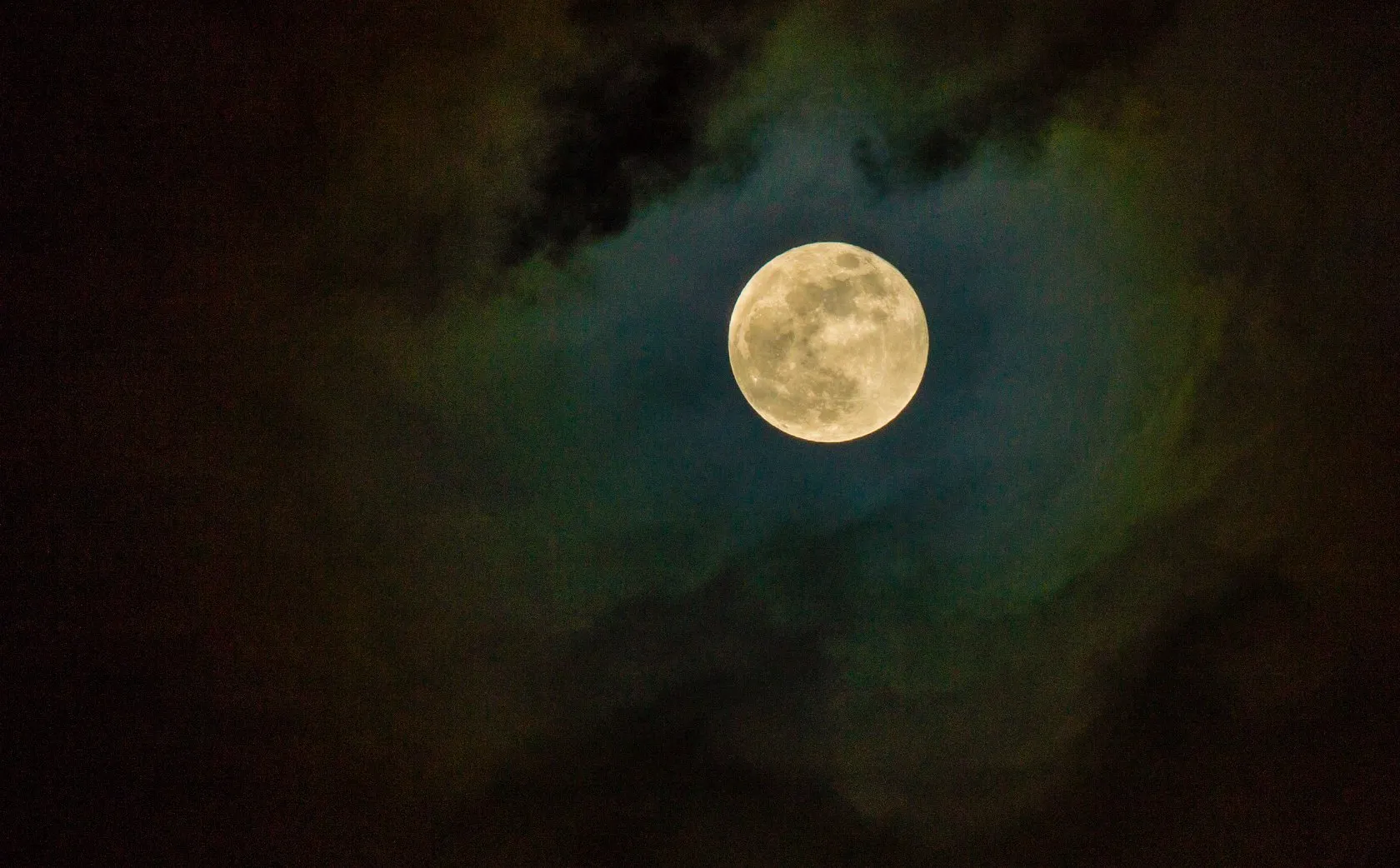Introduction: The full moon is a captivating celestial event that has fascinated people for centuries. Its beauty and radiance make it a popular subject for photography, even among beginners who may not have extensive knowledge of photography techniques. If you’re one of those enthusiastic beginners looking to capture the magic of the full moon in your photographs, you’re in the right place. In this beginner’s guide, we’ll walk you through the essentials of photographing the full moon to help you achieve stunning results, even if you’re new to the world of photography.
What kind of Equipment do you need for Moon Photography:
- To get started, you don’t need to invest in expensive camera gear. A basic digital camera, a smartphone with manual settings, or even a point-and-shoot camera can do the job. Here are a few essential items to consider:
- Tripod: A stable platform is crucial for capturing sharp images of the moon. A tripod will help eliminate camera shake caused by handholding.
- Zoom Lens: If you’re using a digital camera with interchangeable lenses, a telephoto lens (e.g., 200mm or longer) will allow you to get close-up shots of the moon.
- Remote Shutter Release: If available, use a remote or cable release to minimize camera shake when taking photos.
Choose the Right Location and Time
Timing is essential for moon photography. Plan your shoot on the night of the full moon or the day before/after for a well-illuminated moon. Check online resources or apps to find out the exact time of the full moon rise in your area. Additionally:
- Find a location with minimal light pollution, away from city lights, to ensure a clear and vibrant moon.
- Arrive at your chosen location early to set up your equipment and compose your shots while there’s still some daylight.
What are good Camera Settings for Moon Photography
Settings
- Understanding the basic camera settings can make a significant difference in your moon photography. Here’s how to set up your camera for the best results:
- ISO: Keep your ISO as low as possible (usually 100-400) to minimize noise in your photos.
- Aperture: Set your aperture to a narrow f/number (e.g., f/8 to f/11) for a sharper image.
- Shutter Speed: Use a fast shutter speed (around 1/125 to 1/250 seconds) to prevent overexposure due to the moon’s brightness.
- Focus: Switch your camera to manual focus mode and use live view to manually focus on the moon until it appears sharp and crisp in your viewfinder or screen.
Composition
- While the moon itself is stunning, incorporating interesting elements into your composition can make your photos more captivating. Consider including trees, buildings, or other objects on the horizon to provide context and depth to your shots.
- Bracketing and Experimentation: Don’t be afraid to experiment with your camera settings. Try different exposure settings, focal lengths, and compositions to find what works best for your style. Bracketing, where you take multiple shots at different exposures, can be especially useful for capturing the moon’s details and surrounding landscape.
Post Processing
- Once you’ve captured your moon photos, you can enhance them further with simple post-processing. Basic adjustments like cropping, sharpening, and adjusting contrast can help improve the final result. Many photo editing apps and software offer easy-to-use tools for beginners.

Conclusion: Photographing the full moon may seem challenging, but with some basic knowledge and practice, even beginners can capture stunning lunar shots. Remember to plan ahead, use the right equipment, and experiment with your camera settings to achieve the best results. Most importantly, enjoy the process and the beauty of the full moon as you embark on your photography journey. Happy shooting!
Dates of the Full Moon for cities:
- Los Angeles – Full Moon
- Mexico City Full Moon
- New York Full Moon
- Ireland Full Moon Ireland
- London Full Moon
- Berlin – Full Moon
- Dhaka, Bangladesh, Full Moon
- Bangkok, Thailand Full Moon
- Hongkok – Full Moon
- Full Moon Sydney

